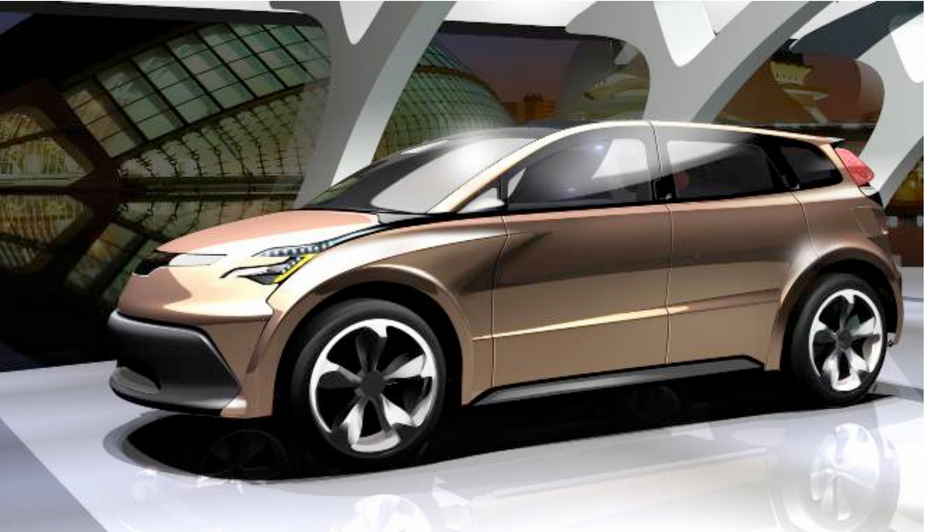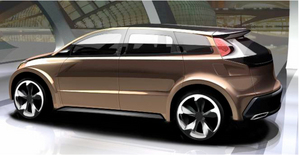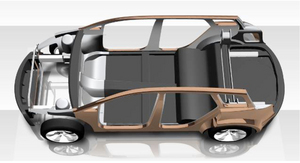|
Send this page to a friend! Fill in the form bellow | ||
news
Lotus study predicts 38% reduction in vehicle mass
Lotus Engineering has presented the results of a study it has conducted. The objective was to develop a commercially viable mass reduction strategy for mass production vehicles. The study was released by the International Council on Clean Transportation and showed the substantial mass savings, while focusing on the use of lightweight materials and efficient design.
Taking as an example the Toyota Venza, Lotus shows in the study that it is possible to reduce the crossover utility vehicle mass by 38% (excluding powertrain) with an increase of only 3% in component costs. According to Lotus this could be achieved by 2020 using engineering techniques and technologies viable for mainstream production programmes. The architecture in the 2020 vehicle uses a combination of stronger and lighter weight materials, a high degree of component integration and advanced joining and assembly methodologies.
According to U.S. Department of Energy the reduction of a total vehicle mass by 33% (including powertrain) is estimated to reduce the fuel comsumption by 23%. The study also highlights how car manufacturers can take on the Lotus philosophy of performance through light weight.
Dr Robert Hentschel, Director of Lotus Engineering said: “Lighter vehicles are cleaner and more efficient. That philosophy has always been core to Lotus’ approach to vehicle engineering and is now more relevant than ever. Lightweight Architectures and Efficient Performance are just two of our core competencies and we are delighted to have completed this study with input from the National Highway Traffic Safety Administration and the U.S. Environmental Protection Agency to provide direction for future CO2 reductions. We believe that this approach will be commonplace in the industry for the future design of vehicles.”
For the study Lotus built two distinct vehicles architectures for 2017 and 2020. The 2017 scenario is based on applying already existent mass reducing technologies, improved materials and component integration and conceived to be assembled in actual existing facilities. In this case the mass reduction, excluding powertrain, is 21% with an estimated cost saving of 2%.
While developing the two low mass concepts, Lotus Engineering employed a total vehicle mass reduction strategy using efficient design, component integration, materials selection, manufacturing and assembly.
Darren Somerset, Chief Executive Officer of Lotus Engineering Incorporated, Lotus’ North American engineering division which led the study, said "A highly efficient total vehicle system level architecture was achieved by developing well integrated sub-systems and components, innovative use of materials and process and the application of advanced analytical techniques. Lotus Engineering is at the forefront of the automotive industry’s drive for the reduction in CO2 and other greenhouse gas emissions and this study showcases Lotus Engineering’s expertise and outlines a clear roadmap to cost effective mass efficient vehicle technologies.”
Encyclopedia |
Contribute
more about Lotus



latest news











